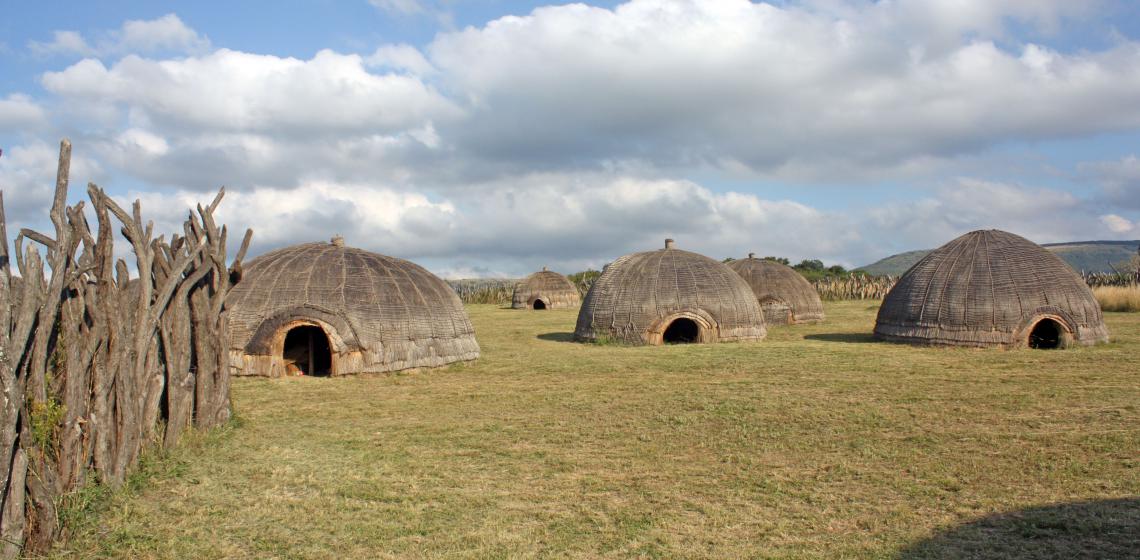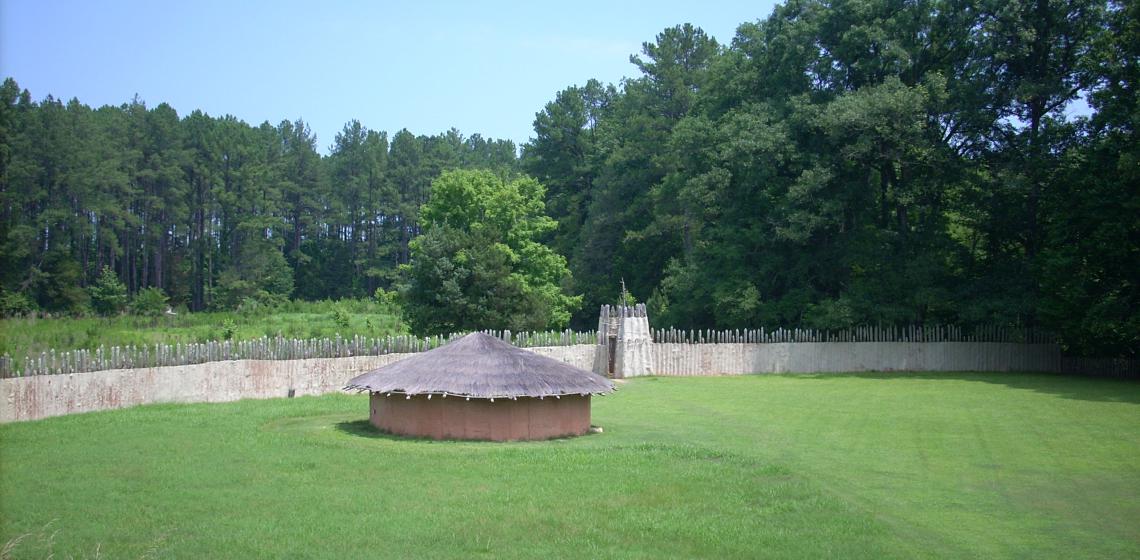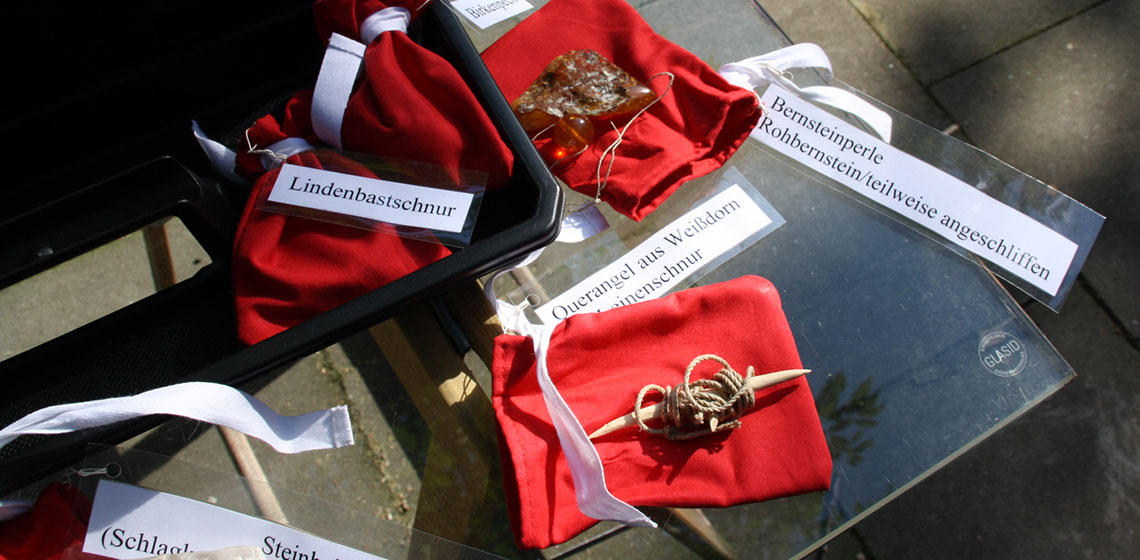uMgungundlovu (ZA)
uMgungundlovu was the capital of the Zulu kingdom during the reign of King Dingane. It was occupied from 1829 until 1838. A state of the art multimedia center has been constructed here, in the heart of the Valley of Zulu Kings. Facilities include the Mgungundlovu Reconstruction and the graves of Inkosinkulu and Piet Retief.
Umgungundlovu, situated just south of the White Umfolozi River in northern Natal offers a fascinating glimpse into the mind of this Zulu king. The process by which the royal capital of Dingane is being raised from its ashes is fascinating. A tour of Umgungundlovu will take you past completed huts, thus providing you with an opportunity to study both hut-building techniques and the social life of the Zulu. Finally, your walk will culminate at the grave of Voortrekker leader Piet Retief, whose death here was a significant and controversial chapter in the history of the country.









